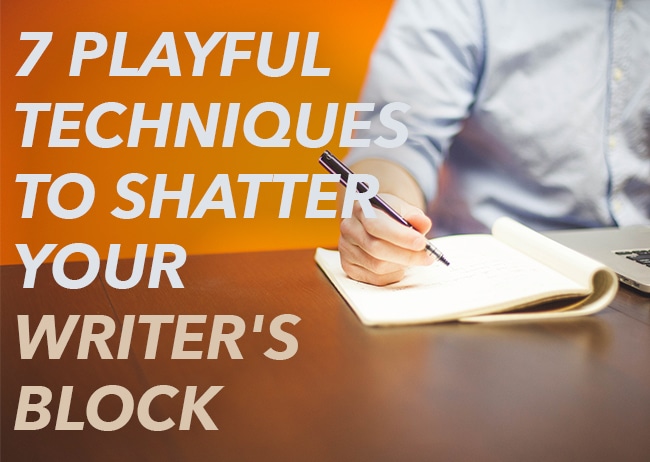10 Short Story Ideas
Use these ten short story ideas to write your first ten stories, one per week, over the next ten weeks. I promise you, you’re life will look totally different if you do it.
Use these ten short story ideas to write your first ten stories, one per week, over the next ten weeks. I promise you, you’re life will look totally different if you do it.
Several weeks ago I wrote a story for The Write Practice about the hidden value of a handwritten letter. In my file, labeled Letters, I found a thirty-year old letter from Tokyo. The letter was addressed to me, at The Tokyo Journal, the magazine where I worked as a photographer and graphic designer in Tokyo, Japan in 1985.

During moments when my natural enthusiasm for the craft of writing wanes, it’s useful to have a secret weapon to draw from my arsenal that reinvigorates my mind and makes me excited about working again.
That secret weapon is the certain knowledge that writers have superpowers.

You want to write, but the words don’t come.
You want to write, but you’re utterly blocked.
Writer’s block can occur because you let self-criticism obstruct the easy flow of thoughts from your brain to your writing fingers. It’s akin to hardening of the arteries.
Here are some of the ways using all five senses can enhance your descriptive writing.

Have you ever sat down to write, full to the brim of creative energy, but found that you can’t think of a single idea? In my opinion, it’s one of the most frustrating feelings. Luckily there are ways to get around this. Instead of trying to come up with something totally original, why don’t you use stories that have already been written to your advantage? If you’re ever lacking in inspiration, consider using one of these three tips to easily “steal” an idea.